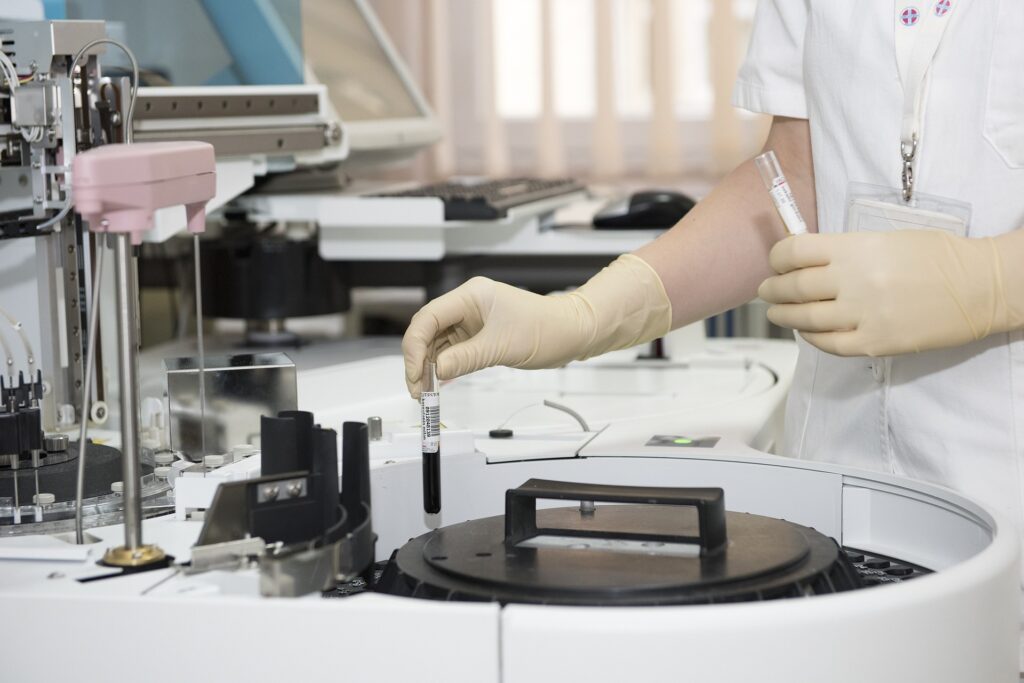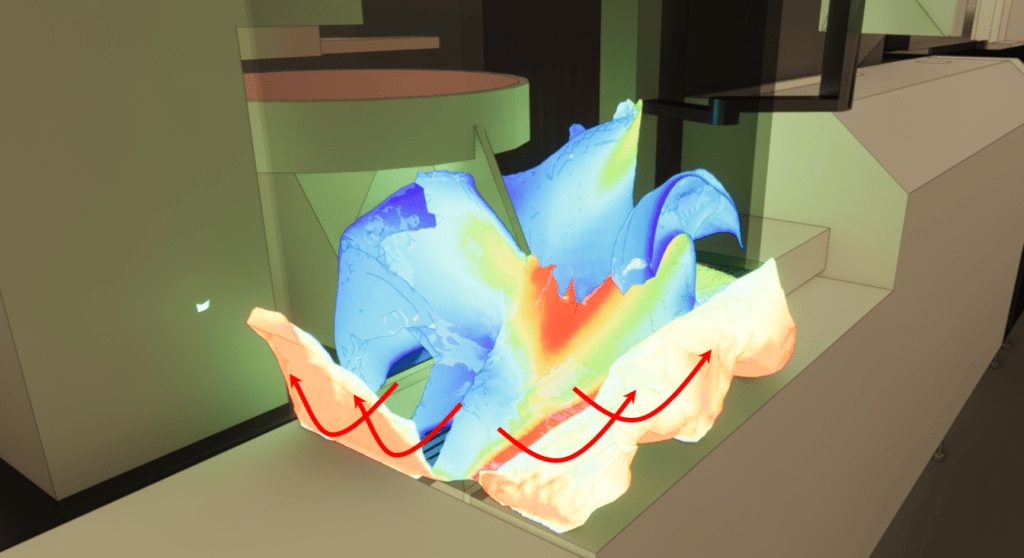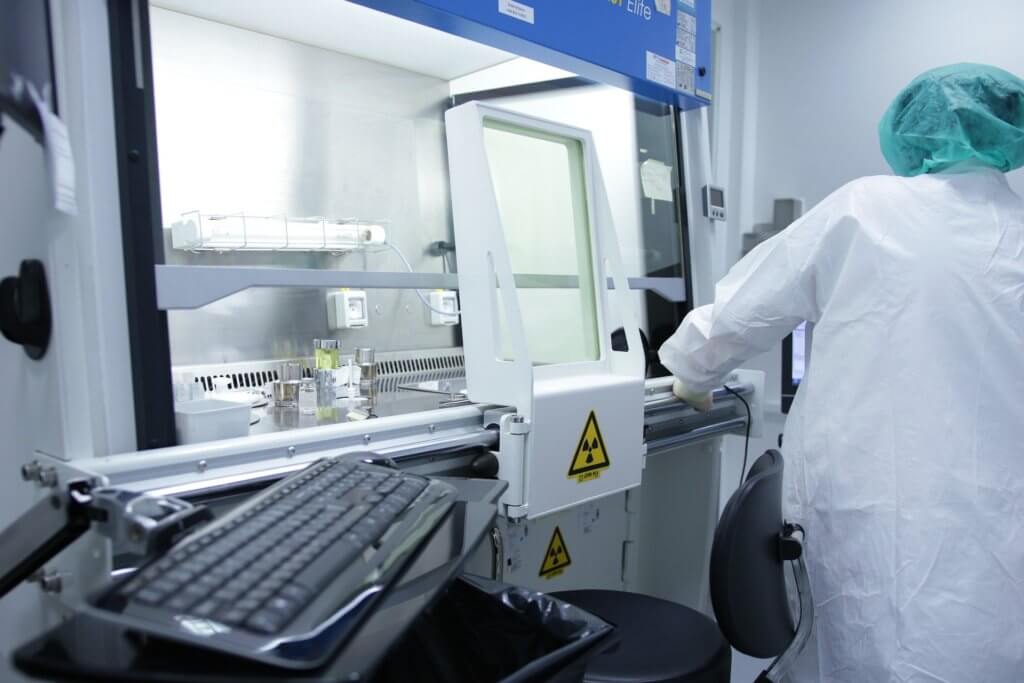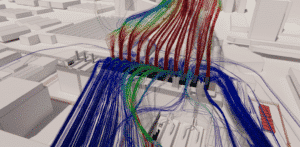Home » Laboratoires
Laboratoires
Engineering and consulting services in fluid mechanics for laboratories, pharmaceutical cleanrooms and the medical sector
How does EOLIOS optimize your laboratory?
Our CFD design office specializes in high-quality numerical processing and calculation applied to fluid mechanics and thermodynamic phenomena.
The EOLIOS team is a group of highly experienced CAD and CFD engineers and experts who can provide quick responses and valuable advice to companies in need of engineering, analysis and project support services.
We carry out numerical studies for the design of cleanrooms, the installation of dedusting systems, the study of contamination risks and the qualification of fume cupboards.
Our specific solutions for laboratories
Services for your laboratory
Grâce à our Using specialized CFD modeling and analysis tools, EOLIOS analyzes and simulates the behavior and performance of systems and prototypes, with the aim of improving their efficiency and quality. Our simulations offer an accuracy and flexibility that cannot be achieved by other methods.
We help our customers not only to test their processes, but also to evaluate their performance and identify areas for improvement. In addition, simulation allows companies to multiply the tests of processes with different parameters and configurations, which allows a greater understanding and control of their processes.
EOLIOS engineers, experts in their respective fields, are ready to develop your systems.
Study of drug dust propagation in a clean room
Your industrial process needs
EOLIOS can support you at every stage of your project.
Regulatory documents
You are required to justify compliance with a specification or a standard and to formalize this justification in a calculation note or by measurements.
Simulation
Solving your problem can only be achieved by sophisticated testing in a complex numerical simulation requiring powerful calculation servers.
Optimization
You have a problem of optimization of your system with an objective of reducing energy consumption and operating costs.
Design assistance
Your project has stringent requirements and you want to direct your design based on calculation and simulation.
Failure analysis
You want to identify the impact of a failure on your systems in relation to a failure or during testing under extreme conditions.
Site audit
You wish to audit your installation in order to find the origin of dysfunctions, to analyze the incurred risks and to set up an expertise protocol.
Simulation
Solving your problem can only be achieved by sophisticated testing in a complex numerical simulation requiring powerful calculation servers.
Site audit
You wish to audit your installation in order to find the origin of dysfunctions, to analyze the incurred risks and to set up an expertise protocol.
Our laboratory, operating room and pharmaceutical industry projects
Here are some of the projects we’ve carried out in the pharmaceutical field for various customers and with numerous CFD simulation applications. For other fields, see all our CFD projects.
HVAC – Medical equipment warehouse
VOC treatment process improvement
Cleanroom aeraulics
Pharmaceutical Laboratory – Dust
Qualification of fume cupboards – Laboratory
Our CFD simulation customers
Our customers, such as Rolls Royce, OVH and Equinix, are satisfied and regularly call on us
to optimize their industrial processes using CFD simulation.






Rely on our CFD simulation design office to help you realize your projects and provide you with customized solutions to meet your specific needs.
Our approach
Our design office works with customers to define their simulation requirements, and we then carry out all the associated R&D work: geometric model creation, meshing, simulation, analysis of results, and report writing.
We’ll work with you to design the right technical solutions, and we’re committed to delivering results!
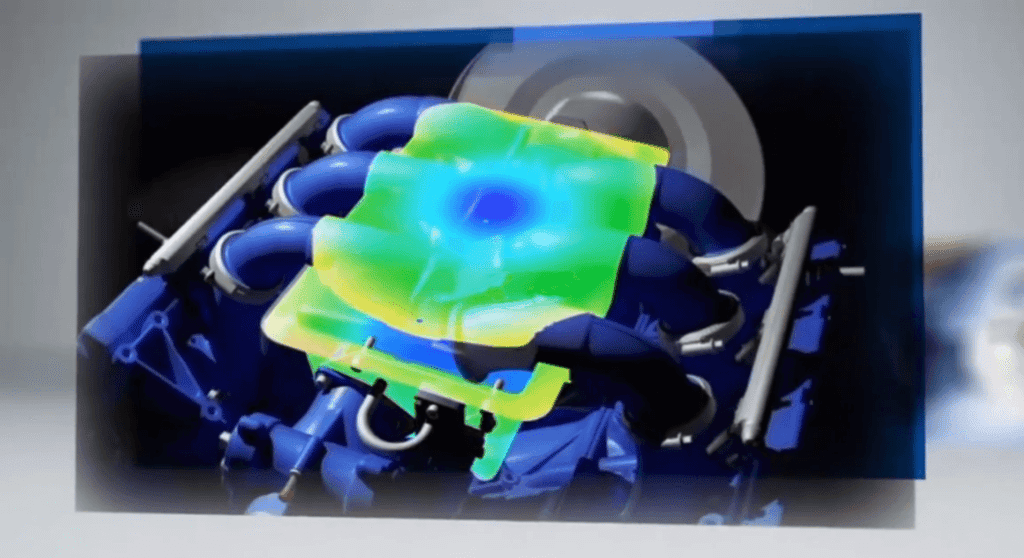
Committed to research
Since its creation, EOLIOS has developed new simulation techniques to handle a wide range of projects.
The company is a pioneer in the use of CFD applied to buildings and industry, to solve the most complex problems in all areas of fluid mechanics.
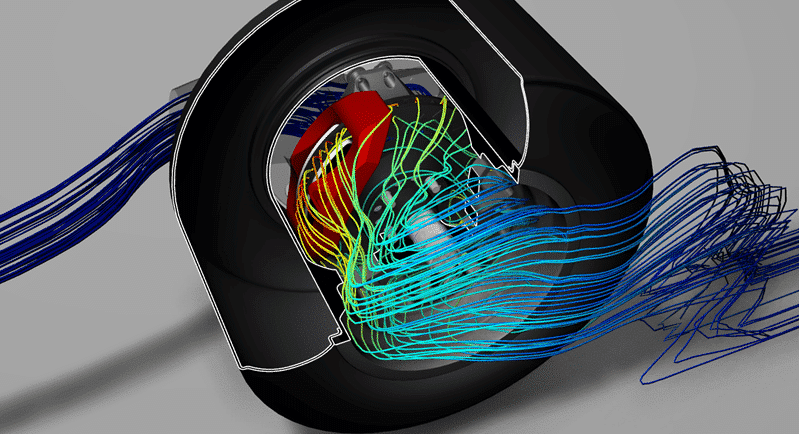

Committed to research
Lorem ipsum dolor sit amet consectetur adipiscing, elit lacus tellus commodo at et, ut donec per praesent pellentesque. Quisque vehicula lacus id convallis consequat ornare sociosqu massa per, dis euismod interdum nisi cursus dui blandit mi venenatis condimentum, neque mauris magnis donec feugiat penatibus mollis magna.

A wide range of physics based on the best simulation methods
We have in-depth expertise in fluid flow modeling and analysis, enabling us to provide innovative and effective solutions to all your CFD simulation problems.
Air
Acoustics
Energy
Mechanical engineering
Thermal
Hydraulic
Environment
Multiphysics
Pollution
R&D
Thanks to our highly qualified team and state-of-the-art tools, we can accurately and reliably simulate the interactions between fluids and obstacles, whether for aerodynamic or thermal applications, or for optimizing your designs.
Our technical documents
We produce a large number of resources to document the progress of the discipline of CFD simulation, and all the applications it can be used for. From in-depth articles to help you understand our business, to videos based on our CFD software, the choice is yours!
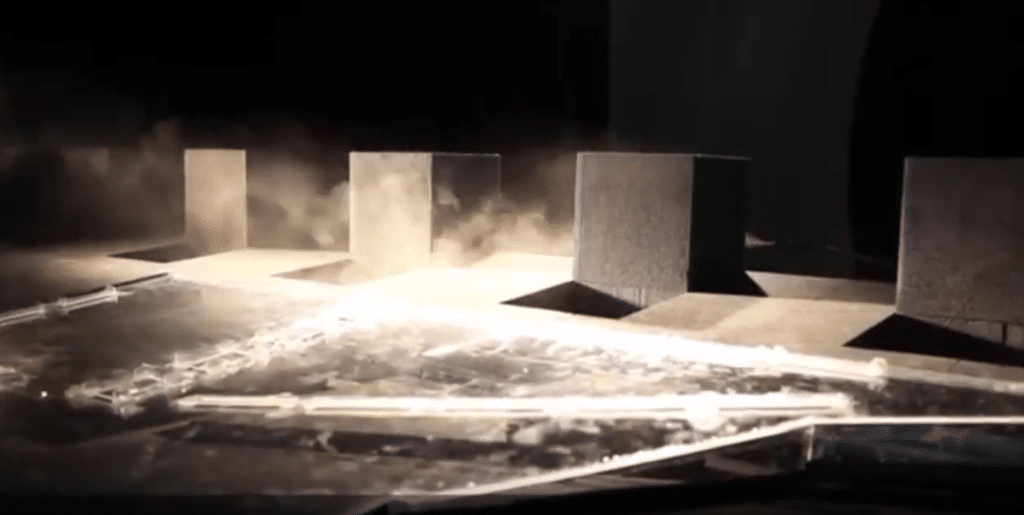
CFD simulation: An alternative to wind tunnel testing
Find out more
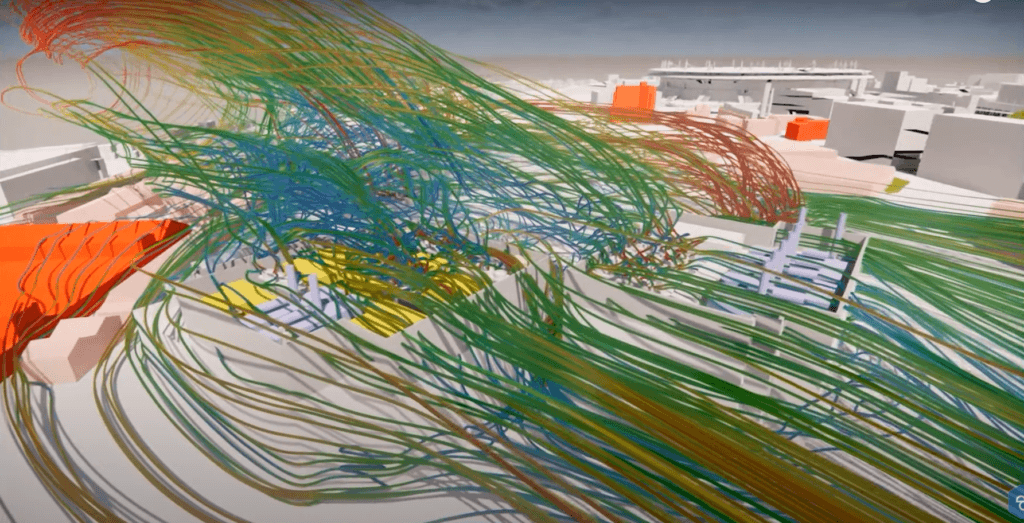
What is CFD simulation?
Find out more
Our videos
Our in-depth knowledge of the most powerful CFD software enables us to carry out fast, accurate simulations, providing you with reliable, relevant results in the shortest possible time.
Aeraulic study of a laboratory equipped with fume cupboards
High fidelity aeraulic study of a laboratory
Digital containment analysis – Fume cupboard qualification
Our speciality
Industrial system simulation has become an essential tool for companies seeking to optimize their production processes. By enabling different configurations to be analyzed and tested, simulation provides a better understanding of industrial systems, enabling informed decisions to be made, and helping to improve productivity, profitability and competitiveness.
By integrating CFD simulation of industrial systems into their management approach, manufacturers can anticipate challenges, reduce costs, improve productivity and guarantee customer satisfaction.
Our other areas outside of Industrial Process
Air & Wind
- Urban aeraulics
- Pedestrian comfort
- Air pollution
- Dust study
- Heat island
- Impact study

Climatic engineering
- HVAC
- Mechanical ventilation
- Natural ventilation
- Climate control
- Large volume
- Cold room
- Indoor air quality
- Sustainable design
- BIM
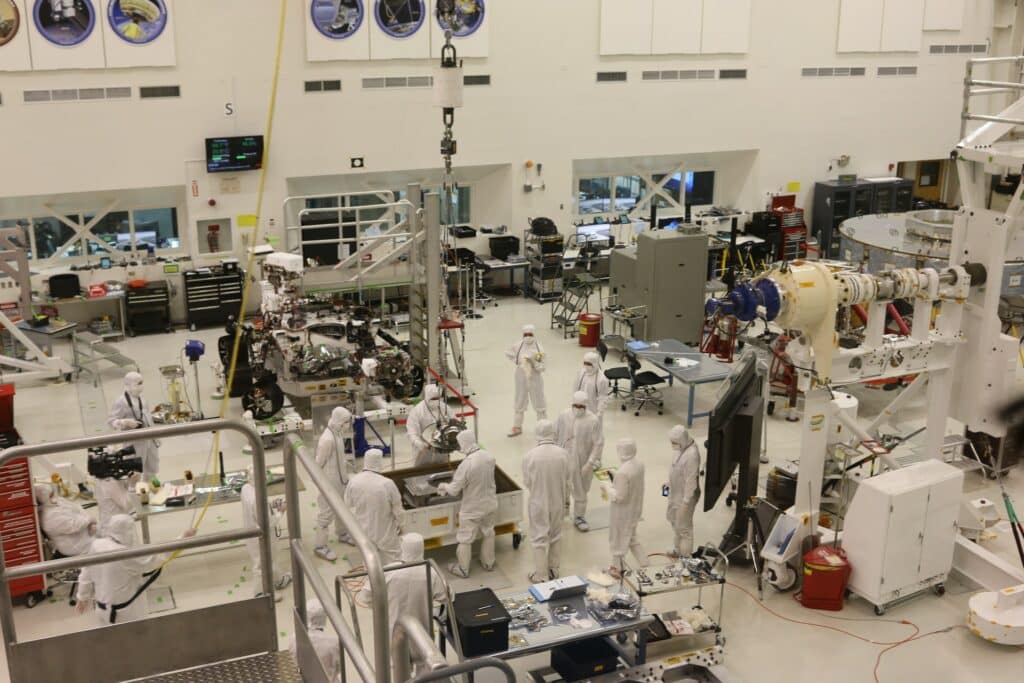
Data center
- Data center cooling
- Energy optimization
- Safety analysis
- Extreme scenario study
- Effect of wind and heat islands
- Urbanization
- Site audit
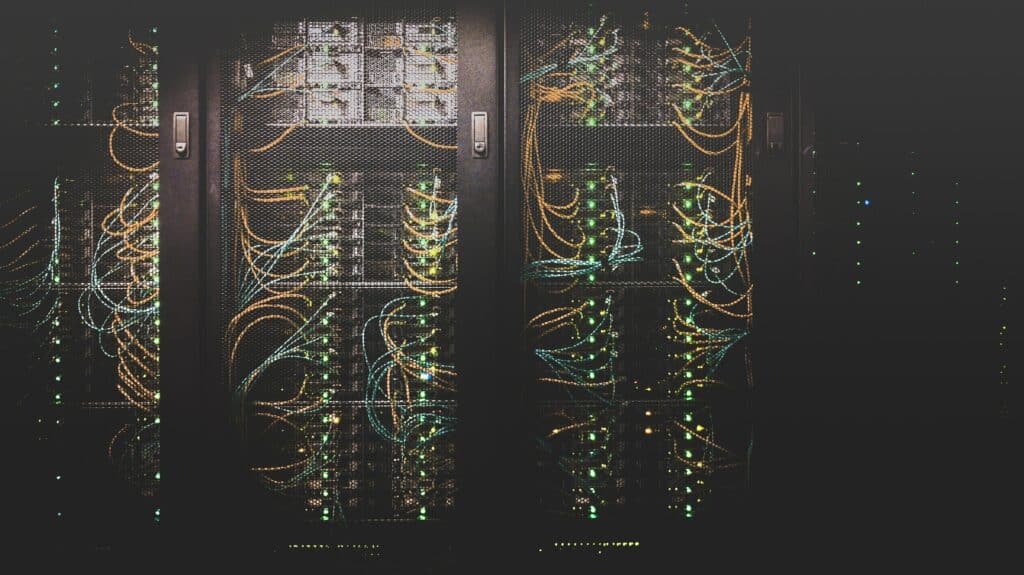
Glass - Steel industry
- Natural ventilation
- Energy optimization
- Optimizing comfort
- Air quality study
- Fire risk analysis
- Sizing of static aerators

Industries
- Production line modeling
- Study of fine dust
- Optimization of thermal comfort
- Plant engineering
- Production hall
- Large volume and high shelving
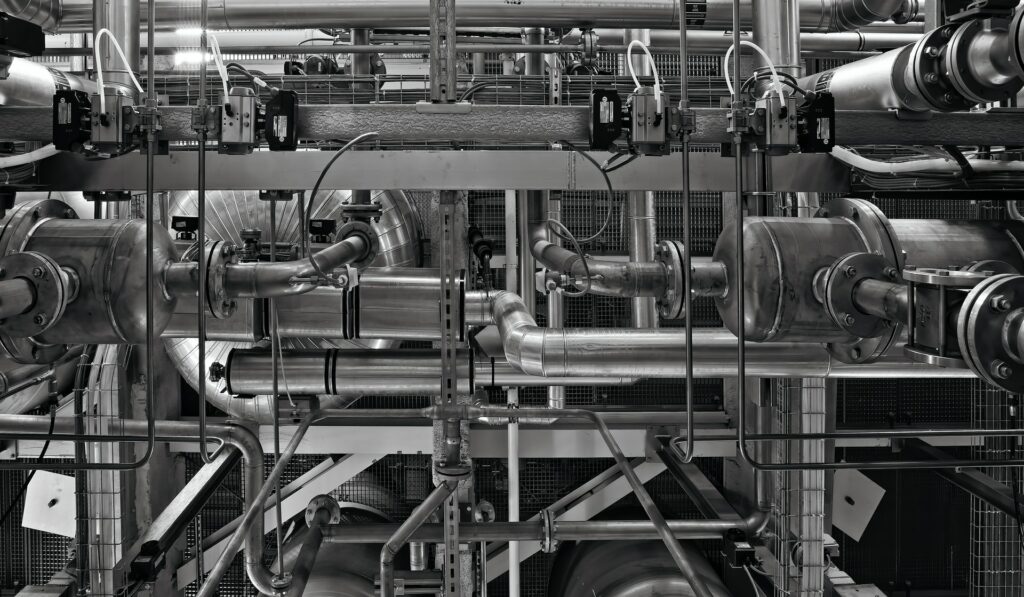
Laboratories
- Cleanroom design
- Pharmaceutical mix
- Operating room design
- Extreme scenario analysis
- Ventilation system design
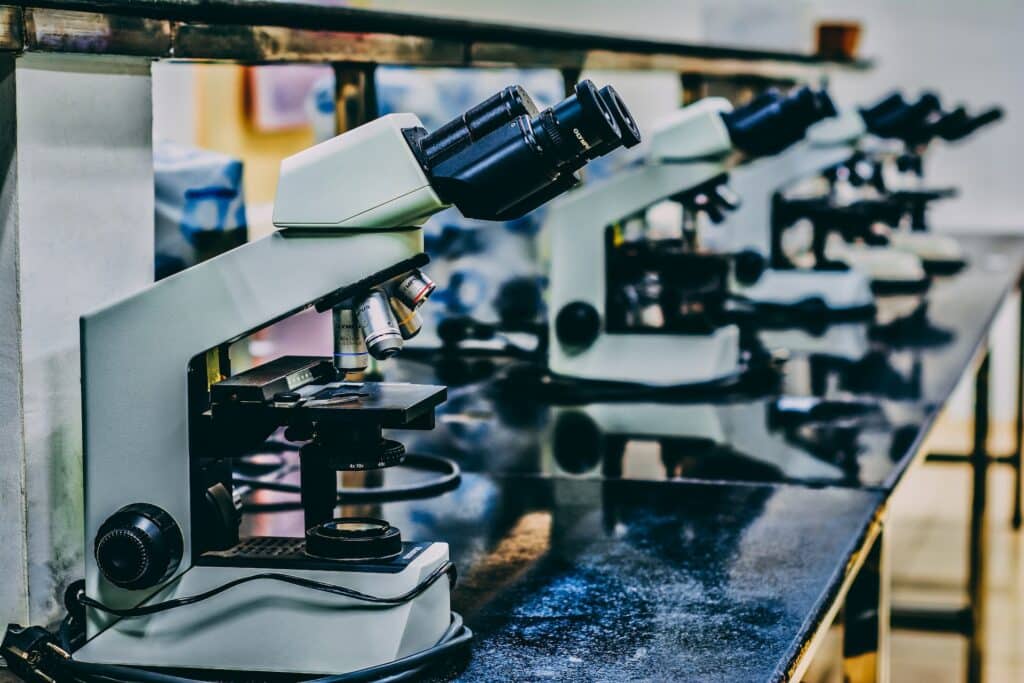
Smoke control - Fire
- Safety instructions
- Smoke extraction simulation
- Evacuation study
- Risk analysis
- Natural smoke ventilation
- Mechanical smoke control
- Parking – Tunnel
- ERP




